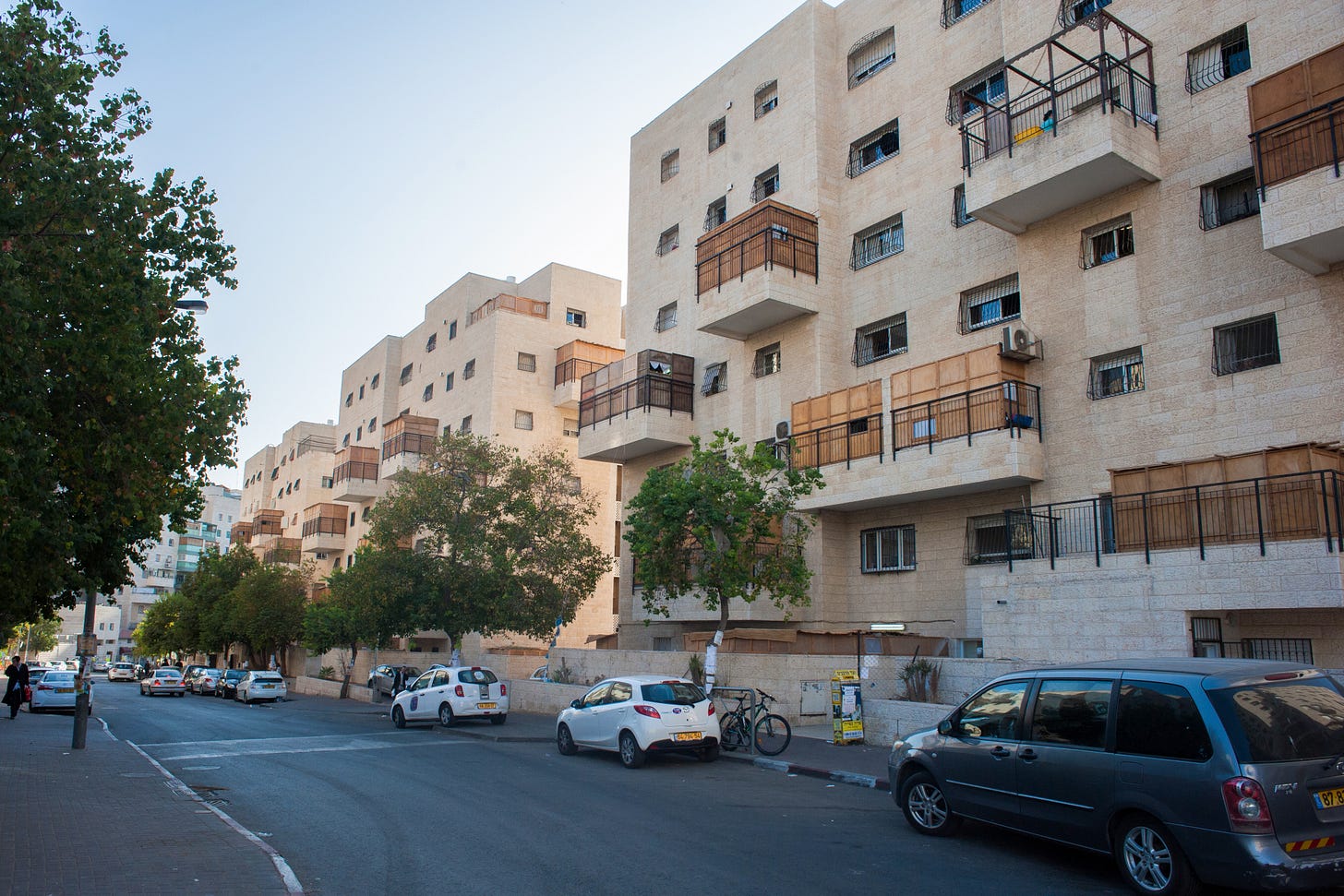The Zohar teaches that on Sukkos, we step into the Tzeileh D’Mehmenusa—the “shade of Emunah.”1 This phrase has always felt a bit abstract to me—something profound yet difficult to fully wrap my head around.
But this year, it’s hitting differently. We’re under skies filled…
Keep reading with a 7-day free trial
Subscribe to Shui’s Newsletter to keep reading this post and get 7 days of free access to the full post archives.



